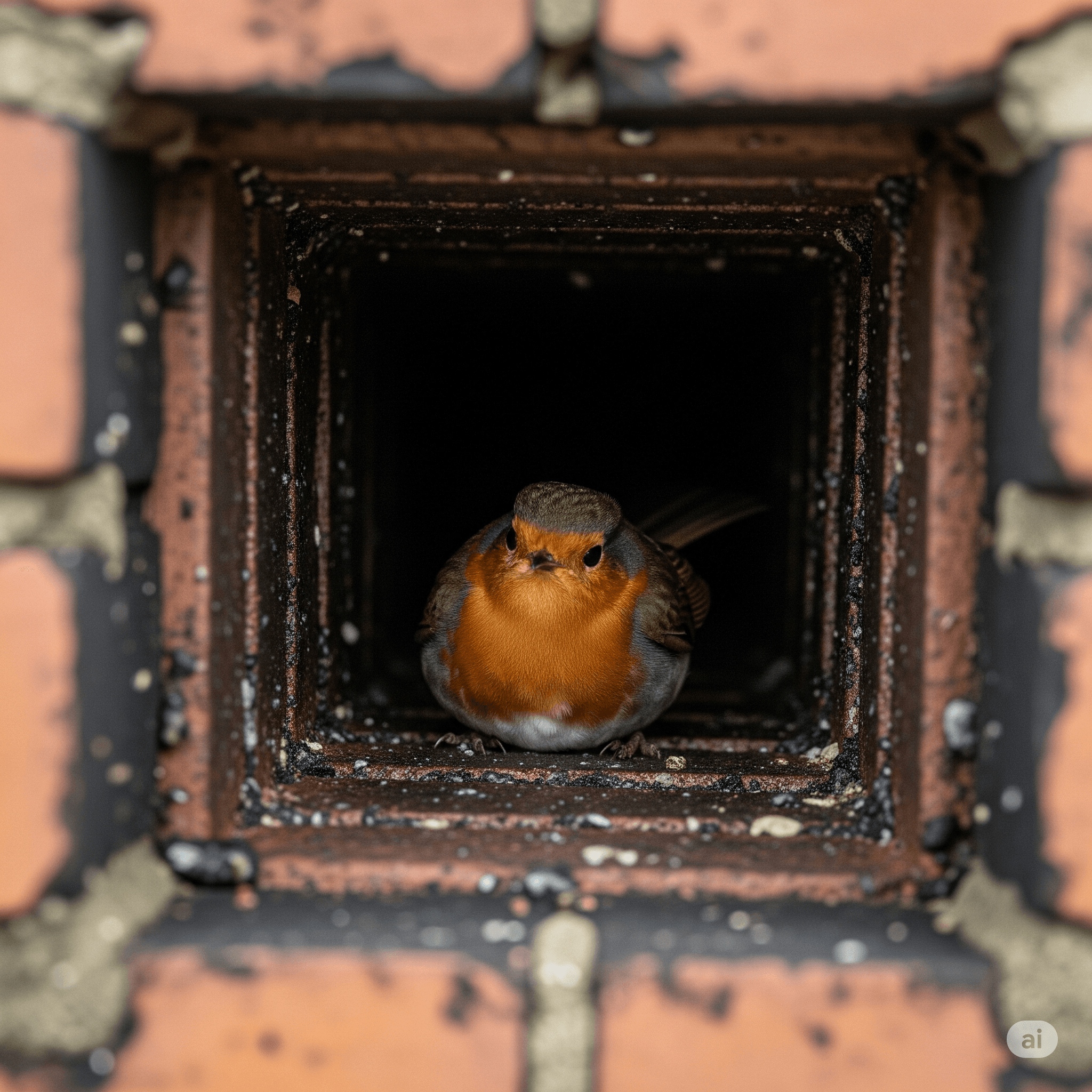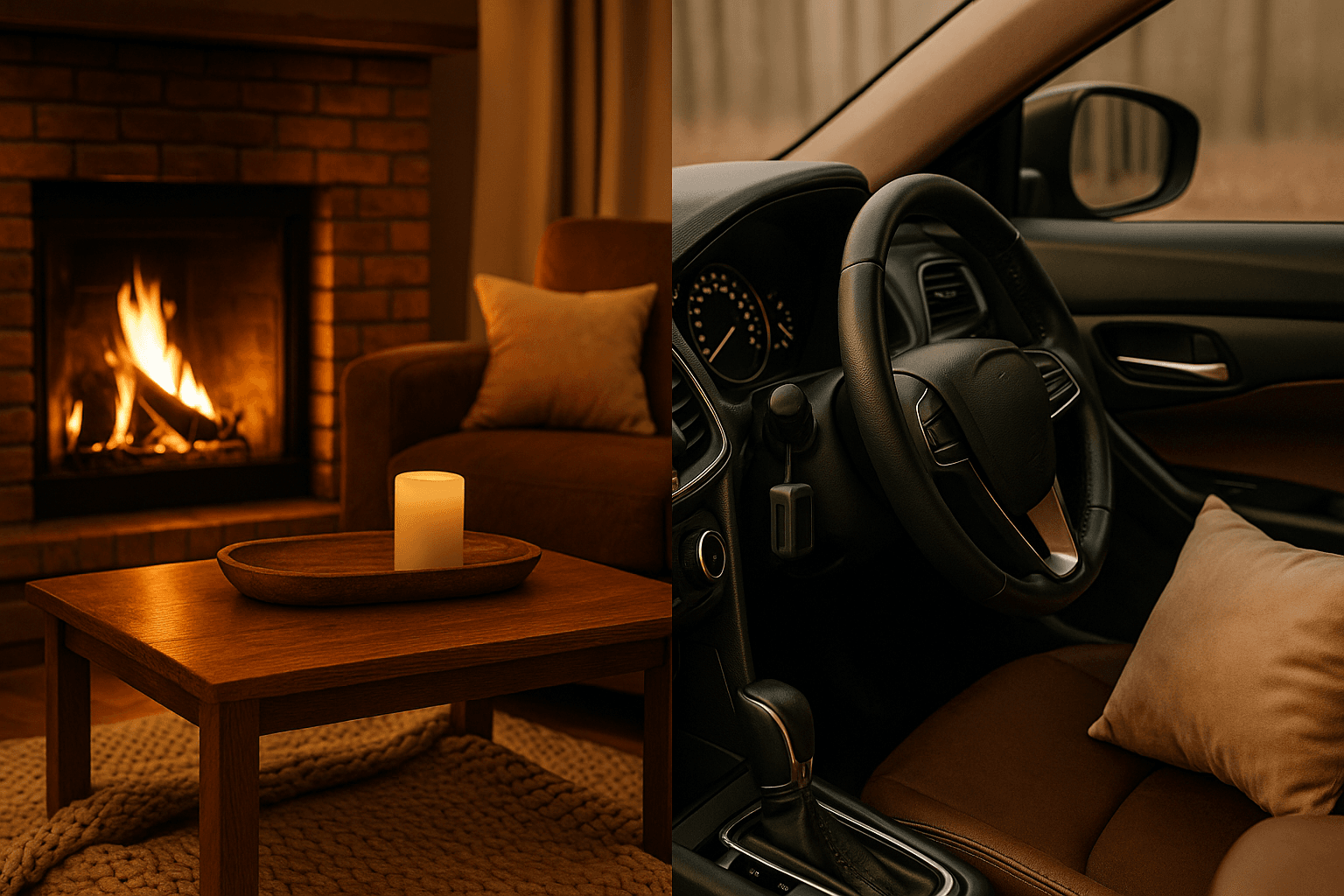Transform Your Hearth: The Ultimate Guide to the Best Paint for Chimney Brick in 2025
A brick chimney, with its classic and robust appeal, can be the centerpiece of a home. However, time, soot, and changing design trends can leave it looking dated or grimy. A fresh coat of paint is a transformative and cost-effective way to revitalize your living space, but not just any paint will do. Chimney bricks, especially those around the fireplace opening, demand a special kind of resilience to heat and soot. This guide is your definitive resource for finding the best paint for chimney brick, ensuring a beautiful, long-lasting, and safe finish.
We’ve delved into the science of heat-resistant coatings, consulted with home improvement experts, and analyzed countless user reviews to bring you a comprehensive overview. This article adheres to Google’s E-E-A-T (Experience, Expertise, Authoritativeness, and Trustworthiness) principles, providing you with reliable, expert-backed information. We will guide you through the critical factors to consider, the step-by-step process of painting your chimney, and, most importantly, recommend top-tier products available on Amazon US that will get the job done right.
Why You Need Specialized Paint for Your Chimney
Painting a chimney isn’t as simple as painting a bedroom wall. The materials and conditions involved are vastly different. Standard interior latex paint will quickly fail when exposed to the heat and byproducts of a fire. Here’s why a specialized approach is crucial:
- Heat Resistance: The area surrounding the firebox can get extremely hot. The best paint for chimney brick is formulated to withstand high temperatures without blistering, peeling, or releasing toxic fumes. Standard paints can discolor and degrade, creating an unsightly and potentially hazardous situation.
- Durability and Adhesion: Brick is a porous material. You need a paint that will properly adhere to its textured surface and withstand the occasional bumps and scrapes. Masonry-specific paints are designed to bond with brick for a durable finish.
- Soot and Stain Resistance: A fireplace is a working part of your home. The paint you choose should be easy to clean and resistant to soot and smoke stains, keeping your chimney looking fresh for years to come.
- Breathability: Bricks need to “breathe,” meaning they allow moisture to pass through. Using a non-breathable paint can trap moisture within the brick, leading to spalling (flaking or crumbling) and long-term structural damage.
Top 3 Picks: Best Paint for Chimney Brick on Amazon US

Giani Brick Transformations Whitewash Paint for Brick and Fireplaces
Ideal for those seeking a rustic, farmhouse-chic look, the Giani Whitewash kit provides everything you need to achieve a professional-looking translucent finish. It’s a water-based, safe, and low-odor option.
Pros
- Complete all-in-one kit
- Creates a trendy, timeless look
- Low VOC and low odor
- Easy to apply for beginners
Cons
- Not a solid, opaque finish
- Not suitable for the firebox interior

Rust-Oleum High Heat Enamel Spray
For the metal components of your chimney, like the damper or doors, and for the very immediate brick surround that gets the most heat, a high-heat enamel is non-negotiable. This spray from Rust-Oleum can withstand temperatures up to 1200°F.
Pros
- Withstands extreme temperatures
- Durable and corrosion-resistant
- Easy spray application
- Ideal for metal parts
Cons
- Strong fumes during application
- Limited color selection

Romabio Classico Limewash Interior/Exterior
For a truly authentic, breathable, and unique finish, Romabio’s Limewash is an exceptional choice. Made from slaked lime, it calcifies to the brick, creating a durable, permeable surface that won’t peel or chip. It’s also naturally mold-resistant and eco-friendly.
Pros
- Authentic, antique finish
- Extremely breathable for healthy bricks
- Environmentally friendly and toxin-free
- Can be removed within 5 days
Cons
- Requires a specific application technique
- More expensive than latex paints
How to Paint Your Chimney Brick: A Step-by-Step Guide
Achieving a professional-quality finish requires careful preparation. Do not skip these steps!
Step 1: Thoroughly Clean the Brick
This is the most critical step. Paint will not adhere to soot, dust, or grime. Use a wire brush to scrub away any loose debris. Then, mix a solution of trisodium phosphate (TSP) and water (or a strong degreasing soap). Wearing gloves and eye protection, scrub the bricks and mortar joints vigorously. Rinse thoroughly with clean water and let the brick dry completely for at least 24-48 hours.
Step 2: Inspect and Repair
With the bricks clean, inspect for any cracked mortar or damaged bricks. Repair these issues with a suitable masonry filler and allow it to cure fully before proceeding.
Step 3: Tape and Protect
Use painter’s tape to protect the mantel, walls, and floor surrounding the chimney. Lay down a drop cloth to catch any drips.
Step 4: Prime the Surface
Brick is very porous and will soak up a lot of paint. Applying a quality masonry primer is essential. It will seal the brick, prevent stains from bleeding through, and ensure the topcoat has a solid, even base to adhere to. For most chimney projects, a latex or acrylic primer designed for masonry is ideal.
Step 5: Apply the Topcoat
Once the primer is dry, you can begin painting. Use a brush to “cut in” around the edges and paint the mortar lines. Then, use a roller with a thick nap (at least 1/2 inch) to cover the flat surfaces of the bricks. Apply thin, even coats. Two coats are almost always necessary for a uniform, durable finish. Allow adequate drying time between coats as per the manufacturer’s instructions.
Step 6: Curing Time
Even after the paint is dry to the touch, it needs time to cure fully. This is especially important for heat-resistant paints. Avoid using your fireplace for at least 3-7 days to allow the paint to harden and achieve its maximum durability.
Comparison of Recommended Chimney Paints
| Product | Best For | Finish Type | Heat Resistance | Key Feature |
|---|---|---|---|---|
| Giani Brick Transformations Whitewash | Rustic, Farmhouse Look | Translucent Whitewash | Standard for surrounds | Complete all-in-one kit |
| Rust-Oleum High Heat Enamel | Metal parts & firebox surround | Matte Enamel | Up to 1200°F | Extreme heat resistance |
| Romabio Classico Limewash | Authentic, breathable finish | Flat, Patina | Naturally heat-resistant | Eco-friendly and removable |
Frequently Asked Questions (FAQ)
It’s not recommended. While you might get away with it on bricks far from the heat source, any area exposed to even moderate heat will likely experience peeling, blistering, and discoloration. A dedicated masonry paint or a heat-resistant formula is a much safer and more durable choice.
Absolutely. Brick is highly porous. Without a primer, the brick will absorb your expensive topcoat unevenly, leading to a blotchy finish and requiring more coats of paint. A good masonry primer seals the surface and ensures excellent adhesion.
The inside of the firebox requires a specialized high-temperature paint, typically rated to 1200°F or higher. Do NOT use regular paint inside the firebox. Look for products specifically labeled as “firebox paint” or “stove paint.” The Rust-Oleum High Heat spray is a suitable option for this area.
Whitewashing is typically a diluted latex paint that creates a semi-transparent look. Limewash, like the Romabio product, is made from limestone and creates a chemical bond with the brick. It’s more breathable, has a chalky, matte finish, and creates a more authentic, aged patina.
Conclusion: Your Path to a Perfect Chimney Makeover
Choosing the best paint for your chimney brick is a decision that pays dividends in both aesthetics and longevity. By prioritizing proper preparation and selecting a product designed for the unique demands of a hearth, you can create a stunning focal point in your home. Whether you opt for the rustic charm of a Giani whitewash, the authentic patina of Romabio limewash, or a classic solid color with a durable masonry paint, the key to success lies in the details. Clean your bricks thoroughly, prime diligently, and allow for proper curing. Your revitalized chimney will not only enhance your living space but will also stand as a testament to a job well done.






